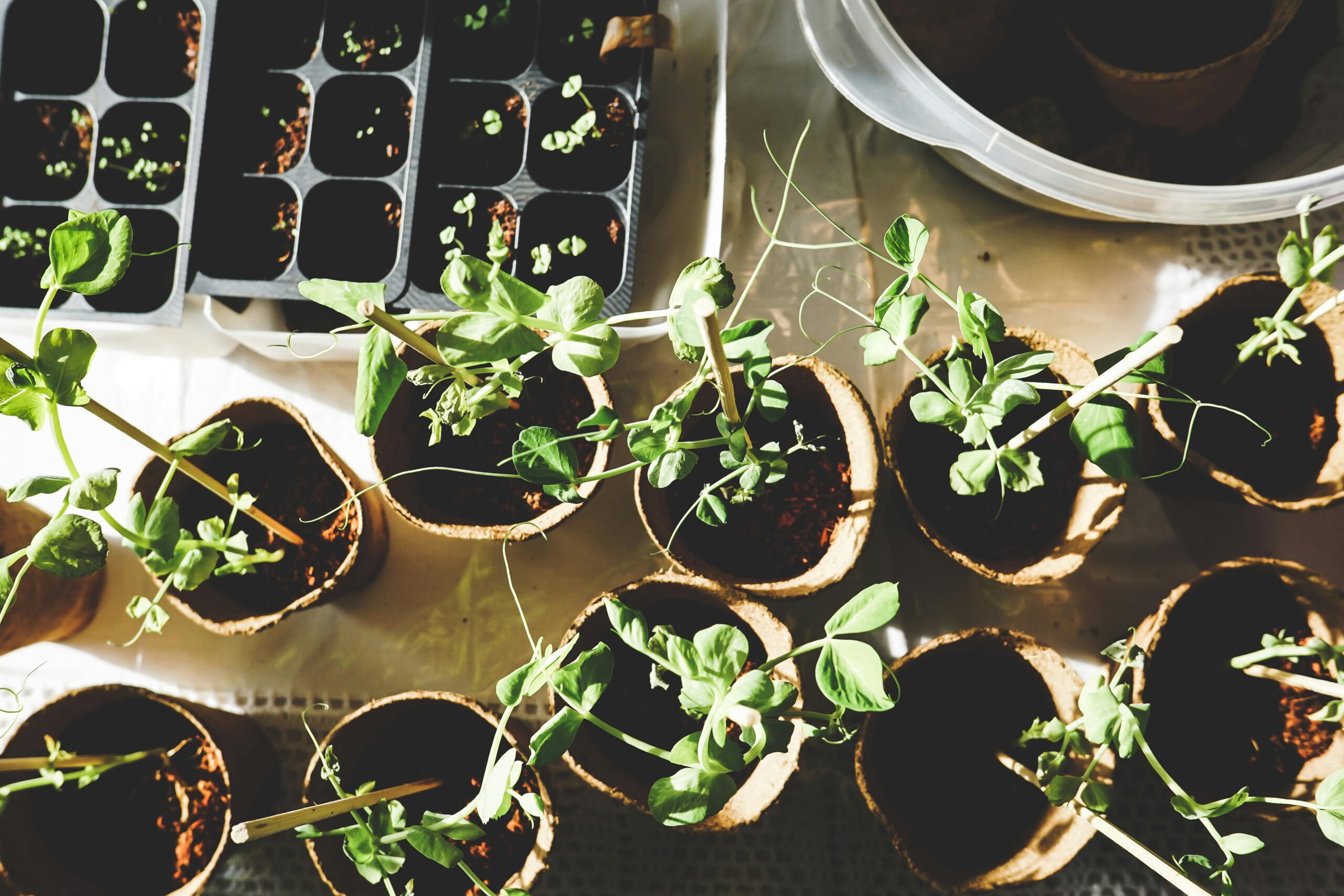Gardening in shaded areas can be a rewarding endeavor, allowing you to cultivate a variety of vegetables that thrive in less-than-ideal light conditions. Whether you have a densely wooded backyard or a small urban garden with limited sunlight, there are numerous shade-tolerant vegetables that can flourish. This article will guide you through the best shade vegetables, practical care tips, and strategies to maximize your garden’s yield even in partial or full shade.
Shade vegetables are plants that can grow effectively in low-light conditions. These may include areas with full shade (less than 2 hours of direct sunlight), partial shade (2 to 6 hours of sunlight), and dappled shade (filtered sunlight through trees or structures). Understanding the type of shade in your garden is crucial for selecting the right vegetables.
Top 12 Best Shade Vegetables to Grow
1. Leafy Greens
Leafy greens like spinach, lettuce, and Swiss chard are excellent choices for shaded areas. They thrive in cooler temperatures and can tolerate reduced sunlight.
- Care Tips: Plant in well-drained soil, keep the soil consistently moist, and fertilize with a balanced organic fertilizer.
- Culinary Uses: Great for salads, smoothies, and sautéing.
2. Kale
Kale is a nutrient-dense leafy green that loves cooler weather and can tolerate shade, making it ideal for urban gardens.
- Care Tips: Requires rich, well-drained soil; water regularly to keep soil moist.
- Culinary Uses: Perfect for salads, soups, and smoothies.
3. Radishes
Radishes grow quickly and can mature in as little as 30 days, making them an excellent choice for shaded gardens.
- Care Tips: Plant in loose, well-drained soil; ensure consistent watering.
- Culinary Uses: Use in salads, pickles, or as a crunchy snack.
4. Beets
Beets are versatile vegetables that can grow well in shade. Both the roots and greens are edible.
- Care Tips: Requires well-drained soil; keep soil evenly moist.
- Culinary Uses: Use roasted, in salads, or as a juice.
5. Peas
Peas, especially snap and snow peas, can thrive in partial shade and are perfect for early spring planting.
- Care Tips: Plant in rich soil; water regularly but avoid waterlogging.
- Culinary Uses: Enjoy fresh in salads or cooked in stir-fries.
6. Carrots
Carrots can tolerate some shade and are perfect for growing in cooler months.
- Care Tips: Require loose, sandy soil; keep soil moist and weed-free.
- Culinary Uses: Great raw, roasted, or in soups.
7. Turnips
Turnips are hardy vegetables that grow well in cooler temperatures and can tolerate shade.
- Care Tips: Plant in well-drained soil; water regularly.
- Culinary Uses: Use in stews, roasted, or mashed.
8. Broccoli
Broccoli can thrive in partial shade, especially in warmer climates where it benefits from cooler temperatures.
- Care Tips: Requires fertile, well-drained soil; water consistently.
- Culinary Uses: Ideal steamed, roasted, or in stir-fries.
9. Cilantro
Cilantro is a fast-growing herb that can flourish in partial shade and adds zest to many dishes.
- Care Tips: Plant in well-drained soil; keep evenly moist.
- Culinary Uses: Great in salsas, salads, and as a garnish.
10. Chives
Chives are hardy herbs that can grow well in shaded areas and add flavor to many dishes.
- Care Tips: Requires well-drained soil; water regularly.
- Culinary Uses: Use fresh in salads, soups, or as a garnish.
11. Garlic
Garlic can grow well in partial shade, particularly in areas with cooler temperatures.
- Care Tips: Plant in loose, well-drained soil; water moderately.
- Culinary Uses: Essential in various cuisines, perfect for enhancing flavors.
12. Mushrooms
Mushrooms thrive in shady, damp conditions, making them perfect for shaded gardens.
- Care Tips: Use a mushroom growing kit or logs; maintain humidity.
- Culinary Uses: Versatile in many dishes, from pastas to stir-fries.
Step-by-Step Guide: Planting and Caring for Shade Vegetables
Successfully growing shade vegetables requires attention to soil, watering, fertilizing, and light conditions.
Soil Preparation
- Choose well-draining soil rich in organic matter.
- Test pH levels; most vegetables prefer a pH between 6.0 and 7.0.
- Incorporate compost to enhance soil fertility.
Watering
- Water regularly, especially during dry spells; shade can retain moisture longer.
- Avoid overwatering; ensure good drainage to prevent root rot.
Fertilizing
- Use a balanced organic fertilizer at planting time.
- Reapply every 4-6 weeks during the growing season.
Light Requirements
- Monitor light conditions and adjust plant placement if necessary.
- Rotate crops to maximize exposure to available light.
Essential Tools and Safety Tips for Shade Gardening
Having the right tools can make your shade gardening experience more enjoyable and productive. Below is a list of essential tools:
- Hand trowel
- Garden fork
- Watering can or hose with a spray nozzle
- Pruning shears
- Gloves to protect your hands
- Mulch for moisture retention
Safety tips for gardening in shaded and potentially damp areas include:
- Wear non-slip shoes to prevent falls.
- Be cautious of slippery surfaces.
- Use gloves to protect against sharp tools and plants.
Troubleshooting Common Problems
Shade gardens can face unique challenges, including pests and diseases. Here are some common issues and solutions:
- Pests: Watch for aphids, slugs, and snails. Use organic pest control methods like neem oil or handpicking.
- Diseases: Fungal diseases can thrive in damp conditions; ensure good air circulation and avoid overhead watering.
- Growth Issues: If plants are leggy, they may not be getting enough light; consider relocating them to a brighter spot.
Creative Tips for Maximizing Shade Garden Yields
Maximizing yield in a shade garden involves strategic planting and care. Here are some practical tips:
- Utilize vertical gardening techniques for climbing plants like peas.
- Interplant fast-growing crops with slower-growing ones to make the most of available space.
- Incorporate companion planting to deter pests and improve growth.
- Consider using reflective materials to increase light exposure to plants.
Real-world examples include urban gardeners transforming shaded backyards into thriving vegetable patches, demonstrating that even limited sunlight can yield bountiful harvests.

